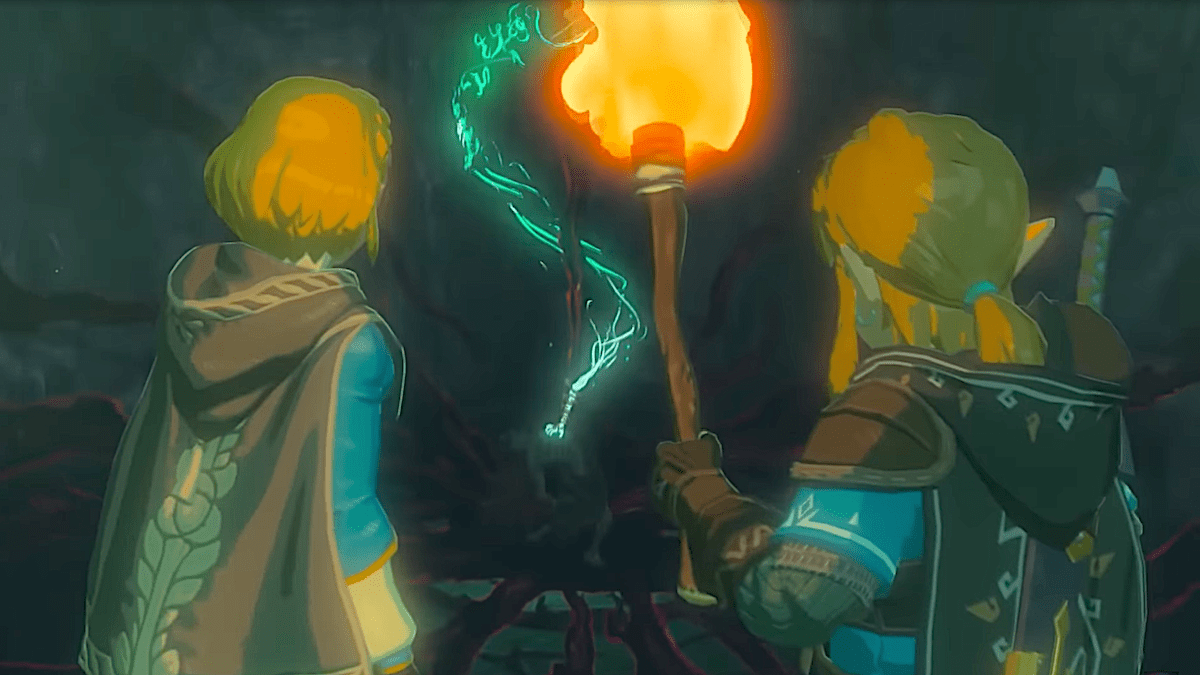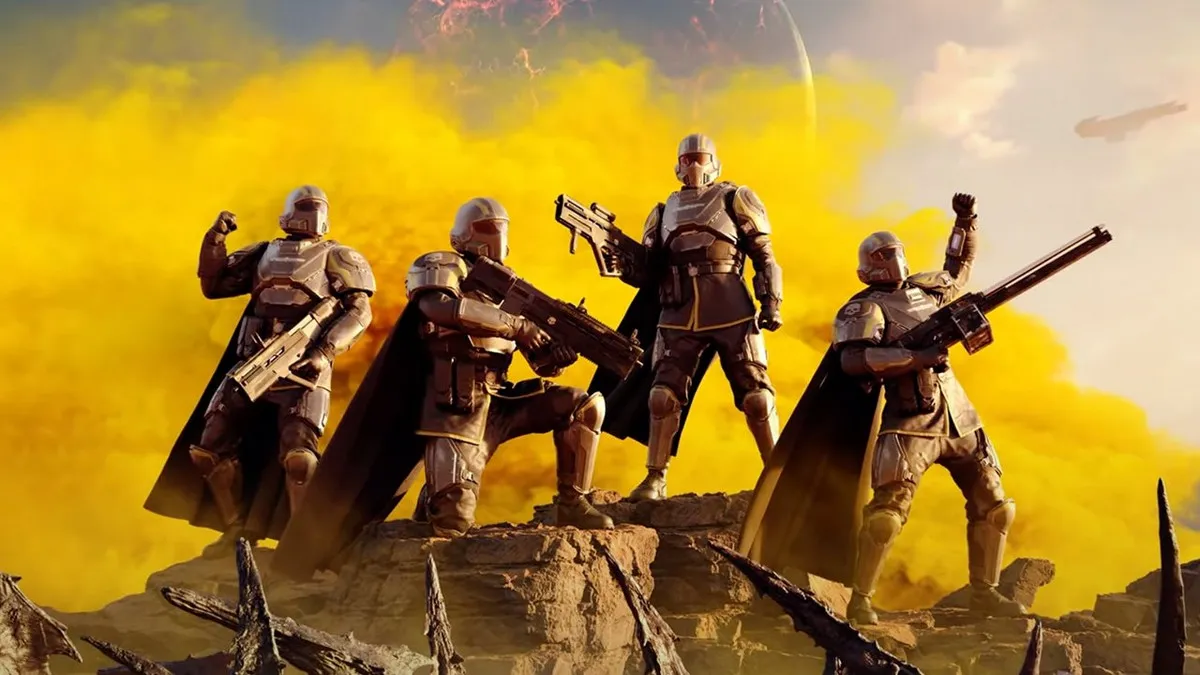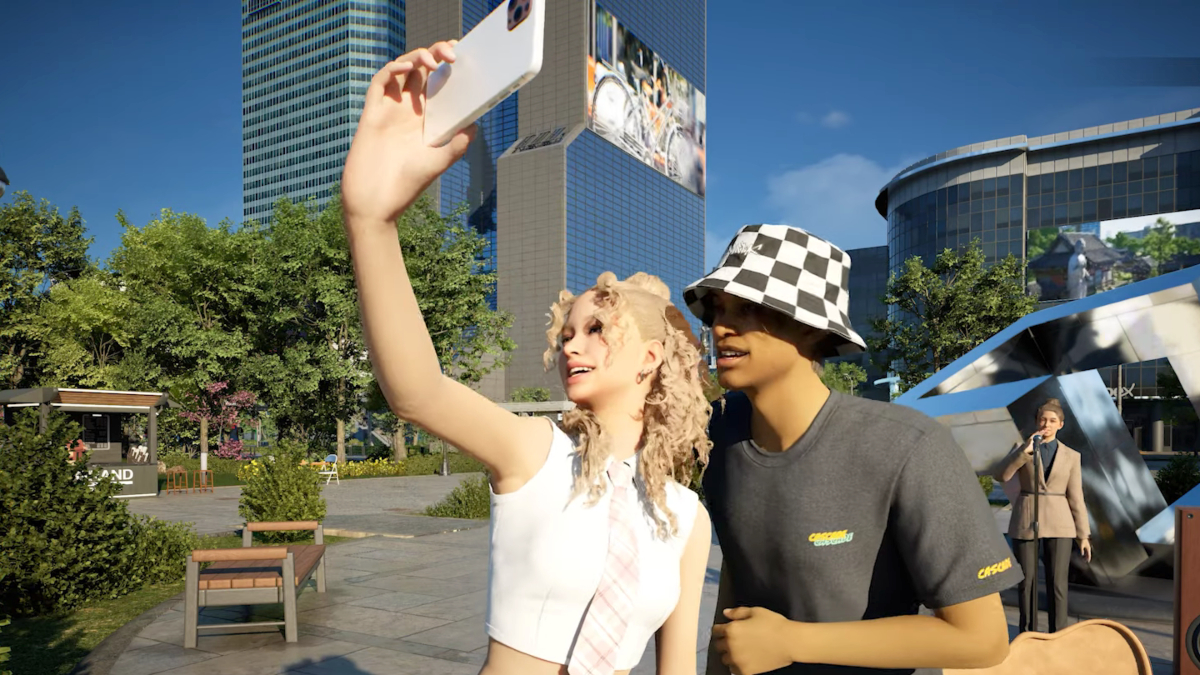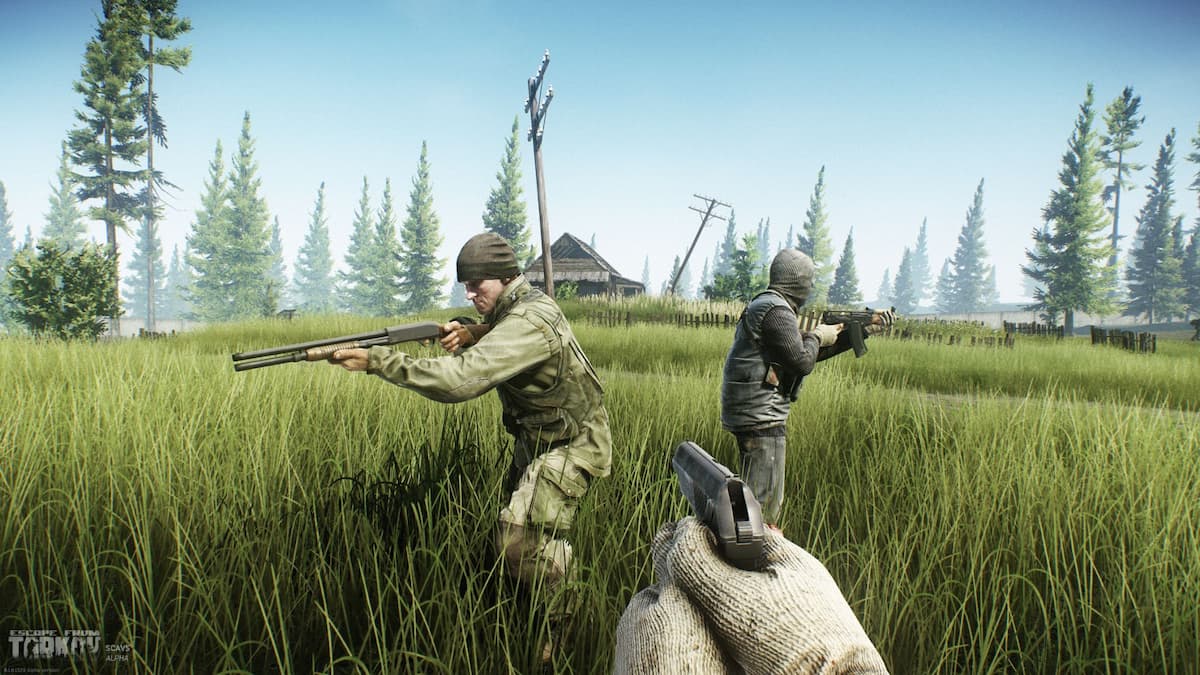The Legend of Zelda: Tears of the Kingdom is just over a month away, and it looks like the Breath of the Wild sequel will definitely live up to the massive expectations set by its predecessor.
Although the game will be keeping most of the gameplay mechanics from the first one (including the dreaded weapon degradation system), there are also a lot of new toys for players to mess around with — most importantly, the fuse ability that will allow players to create almost anything from their own weapons to their own vehicles.
While there’s still so much we have yet to find out about the much-anticipated game, we thought we’d take a look back at some of the more “old school” games — the games that gave us a more linear story, and weapons and items that didn’t fall apart after 10 minutes of fighting. It’s time to delve into the pool of nostalgia and look at some of the best Zelda games you might want to play before you inevitably sink your teeth into Tears of the Kingdom.
The Legend of Zelda (NES, 1986)
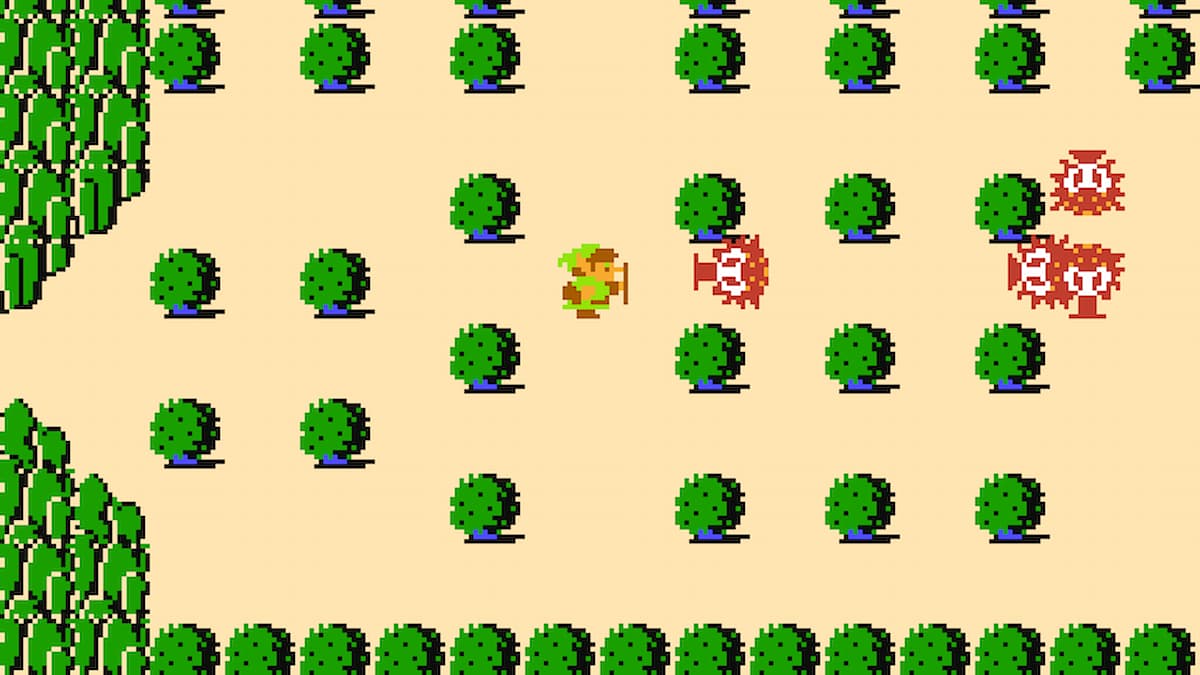
We’re kicking things off with the one that started it all. Although the game itself is almost 40 years old, you can still see so many of the tropes and mechanics that have persisted for four decades: There’s an open world (even if it is grid-based), and it even has weapon progression as you get better and more powerful swords and shields. The boss encounters and the ultimate goal of defeating Ganon are also things we’re still seeing in Zelda entries today. This game set the template for almost every single title to follow, and the seeds planted by Nintendo in 1986 are in full bloom this year as the latest installment still proudly wears this game’s influence on its sleeve.
Breath of the Wild (Switch, 2017)
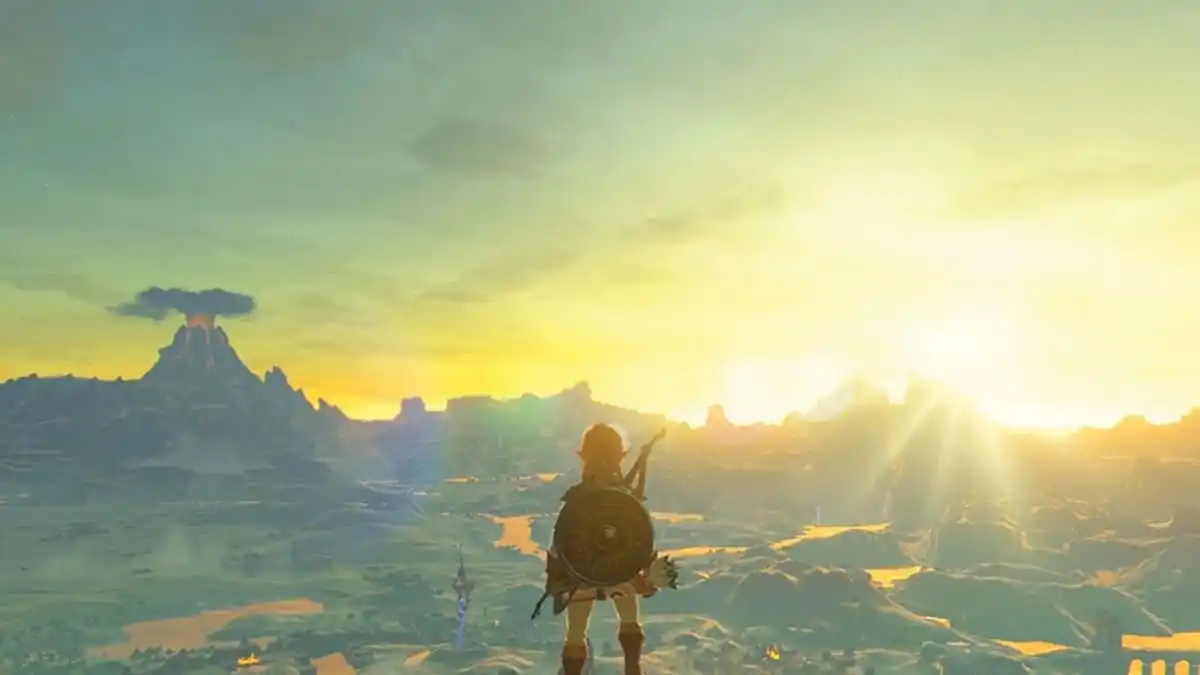
Obviously, this game is the closest you’ll get to experiencing Tears of the Kingdom right now. Set in the same version of Hyrule as the sequel, the creatives behind this bold reimagining of the franchise really took a risk with the major changes they brought in. Before Breath of the Wild, the series focused more on a linear(ish) story (there was an open world, but players never really felt free) and the items and weapons were given to the player at a set point, usually right before they entered a dungeon that would use that item. Breath of the Wild changed the whole established formula and it clearly paid off for Nintendo as most fans loved it — and we know Tears of the Kingdom will be following this game’s blueprints.
Link’s Awakening (Game Boy, 1993)
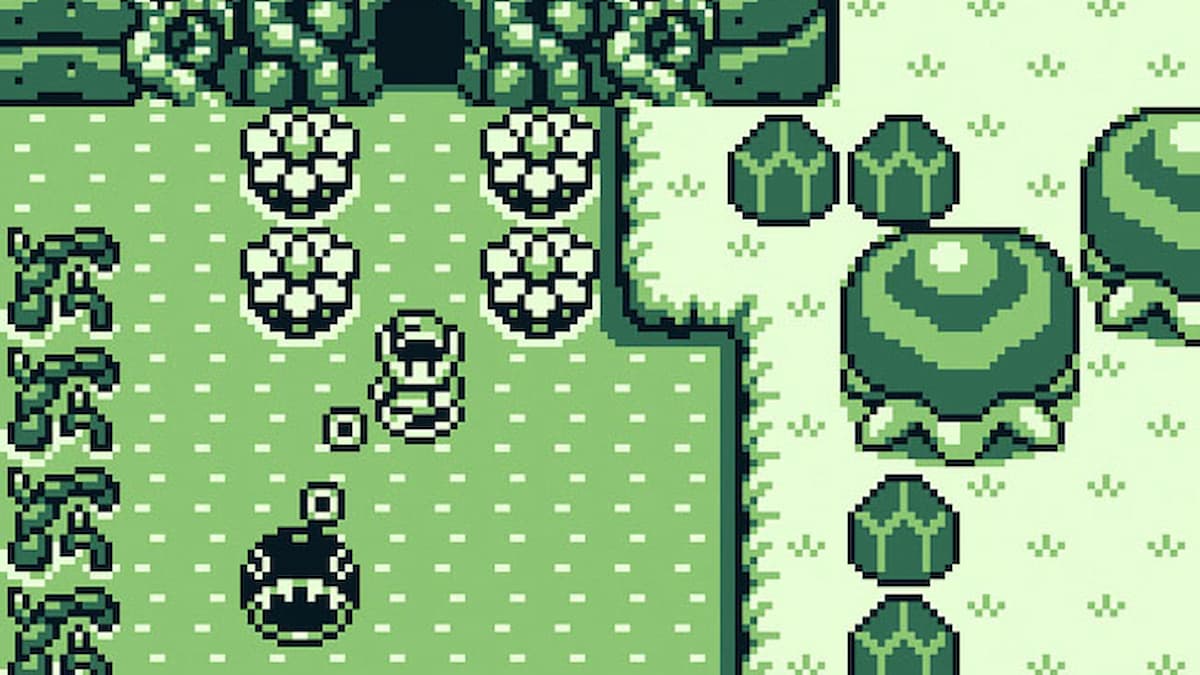
It might be a bit of a wildcard, but it’s a quality Zelda title that deserves as much love and attention as it can get. This game saw Link in his first-ever handheld adventure. The Game Boy game is reminiscent of the first Legend of Zelda with its 8-bit style; however, the game has a brilliant story and is one of the few to feature a villain other than Ganon. If you don’t fancy playing another 8-bit Zelda game, then you’re in luck as Nintendo also recently brought out a full remake of the classic in glorious 3D while keeping the cute, minimalist detail of the world and characters.
A Link to the Past (SNES, 1991)
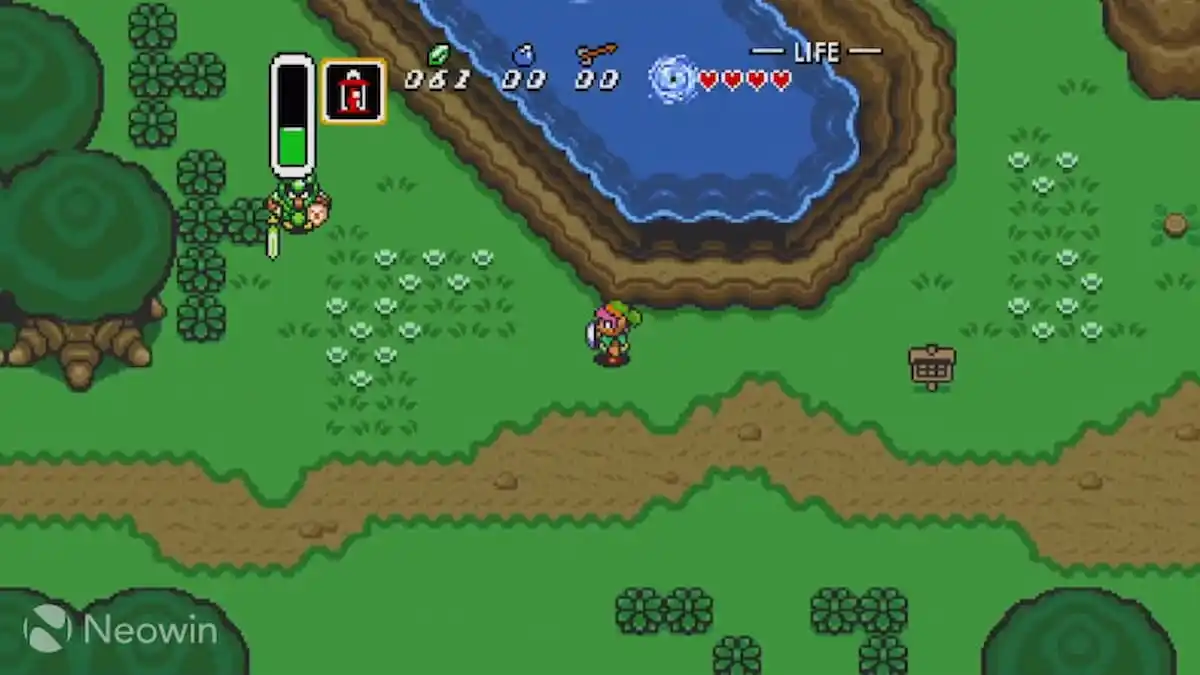
This game represents the first big leap for The Legend of Zelda as a franchise. After the first game took the world by storm, the second game failed to capture the same lightning in a bottle. Nintendo went back to the drawing board and decided to flesh out the story elements, as well as give the characters and world more of a personality. The result is a game that still has the essence of the original while adding a whole bunch of other ideas and mechanics that would become mainstays of the franchise for many years to come. The 16-bit graphics are also very charming, and the whole overworld looks like it was crafted with passion and care.
Skyward Sword (Wii, 2011)
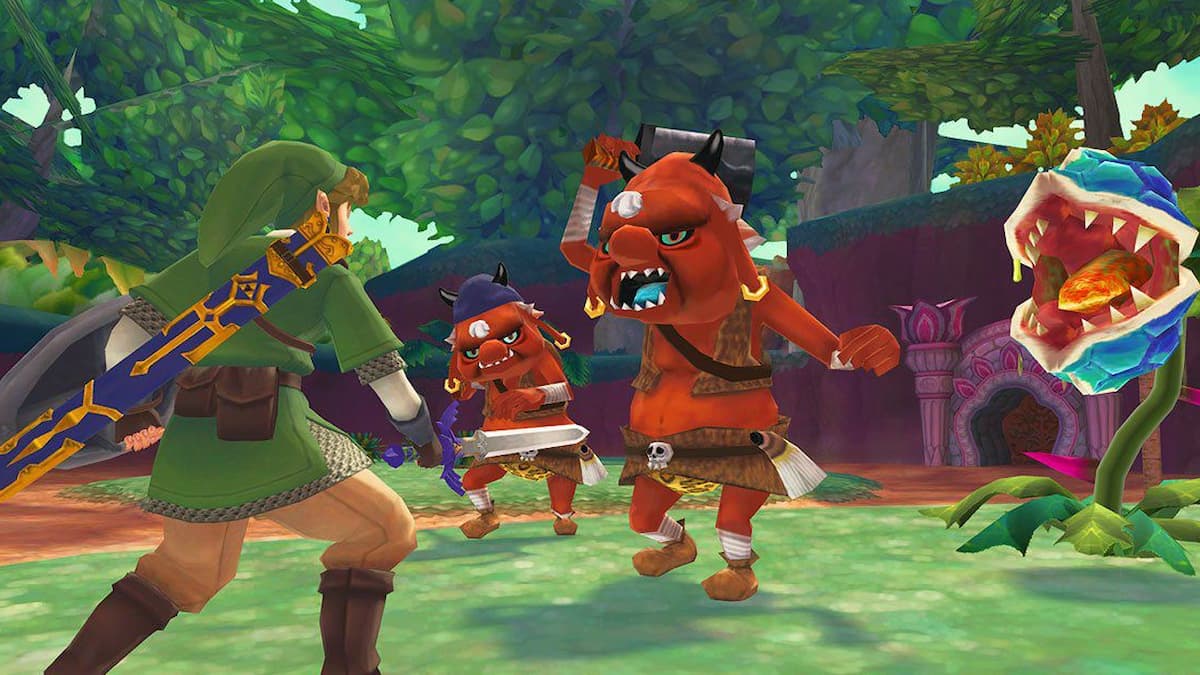
This game, in some ways, marked the end for a lot of the features and plot points that had been etched into the very foundation of the Zelda mythos. After Skyward Sword, Nintendo once again went back to the drawing board to re-evaluate and change the formula after nearly three decades of making slight variations to the same basic game progression.
That’s not to say Skyward Sword is a bad game; in fact, looking back on it after so long, the game seems to hold up even better than it did back in 2011. It features everything you’d expect from your average Zelda game: Link wakes up, he gets a green tunic, a sword and shield as well as a somewhat annoying companion, and then he sets off to save the princess and explore dungeons. Along the way, he meets familiar faces while he fills out his arsenal with weapons like bombs, boomerangs, and grappling hooks. If the breakable weapons and lack of item progression in Breath of the Wild disappointed you, then Skyward Sword will certainly scratch that itch.
The Minish Cap (Game Boy Advance, 2003)
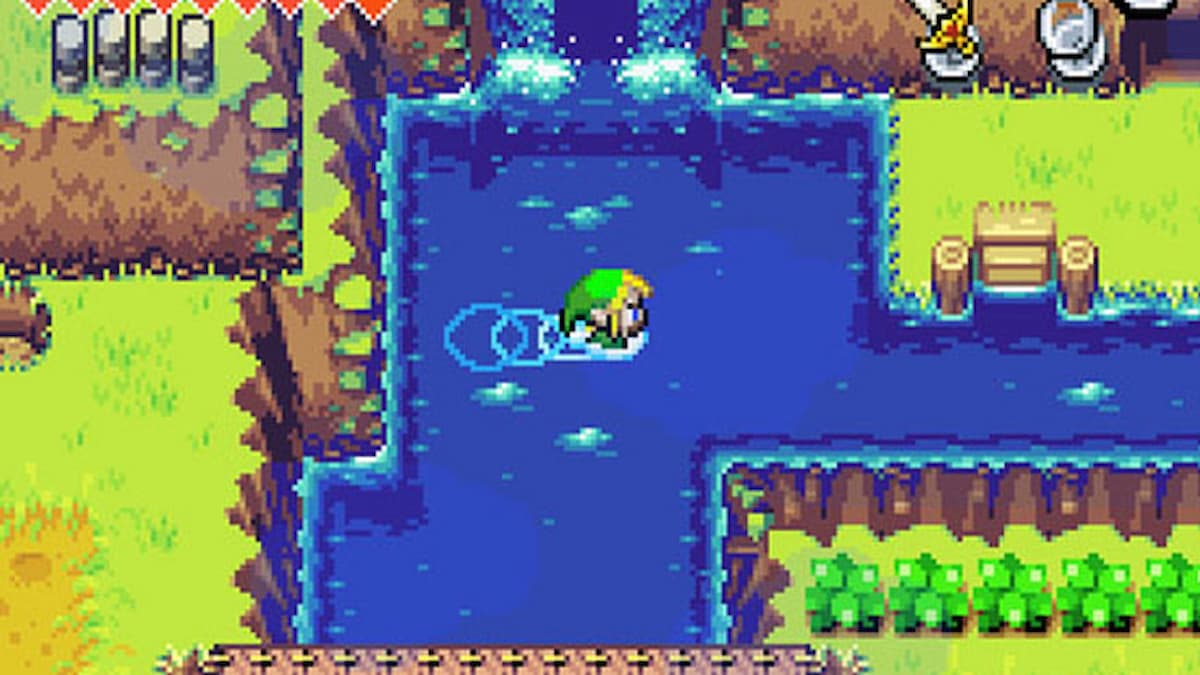
Arguably the best handheld Legend of Zelda title, this game introduces the Four Sword and explores the origin of the villainous Vaati. All new mechanics are introduced, including Link’s ability to transform into a Minish (a race of tiny beings no bigger than your thumb) thanks to his living cap Ezlo. With the use of the Four Sword, Link can also create three copies of himself to help fight enemies and solve puzzles.
Twilight Princess (Wii, 2006)
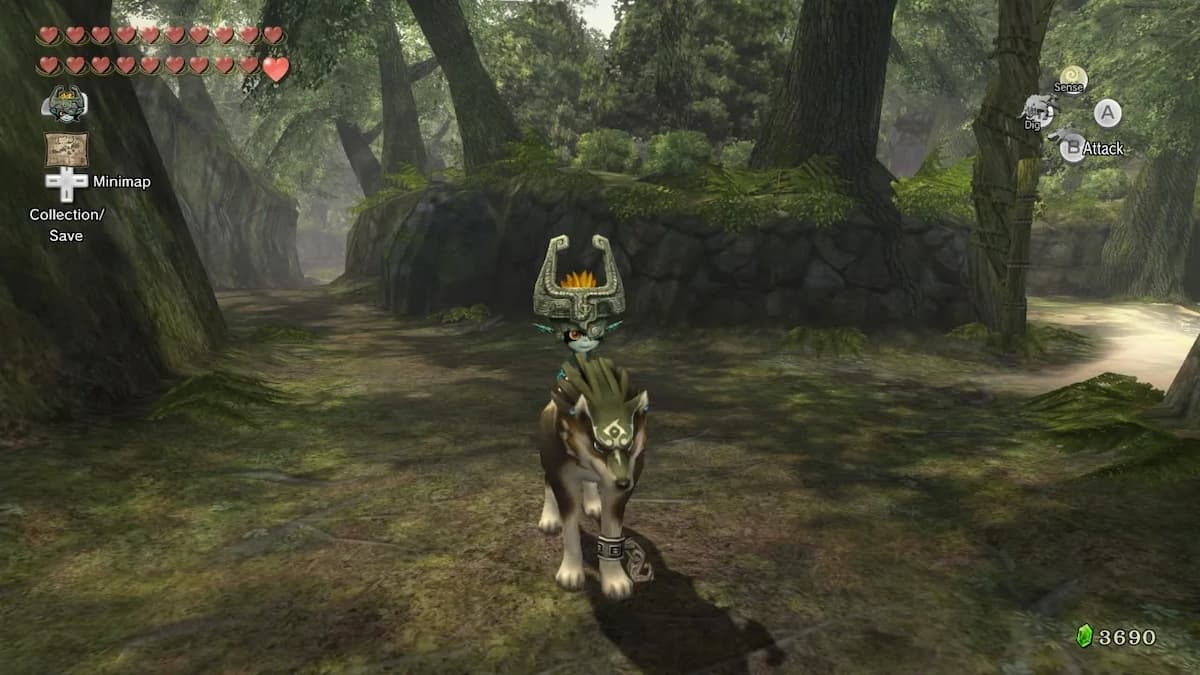
Twilight Princess and Skyward Sword have a lot in common, but if you’re looking for a more grounded Zelda game with familiar settings and characters, this game may be more up your alley. This time, we follow Link in a version of Hyrule vastly different from the one we’ll be seeing in Tears of the Kingdom. One of the first games released on the Nintendo Wii, it was lauded for the overall more realistic and mature depictions of the characters and world. Players also get to see Link’s fursona in the twilight realm, and his wolf form gives players all kinds of new abilities to play around with — although he can’t use weapons or items.
Just like its follow-up, this game is perfect for players who want to feel the progression of their weapons and dungeons. The newer Zelda games gave players complete freedom to tackle the game’s locations in any order, but Twilight Princess requires the player to progress in a set order, and as such, the feelings of progression and difficulty are much more satisfying as the story moves along.
Ocarina of Time (Nintendo 64, 1998)
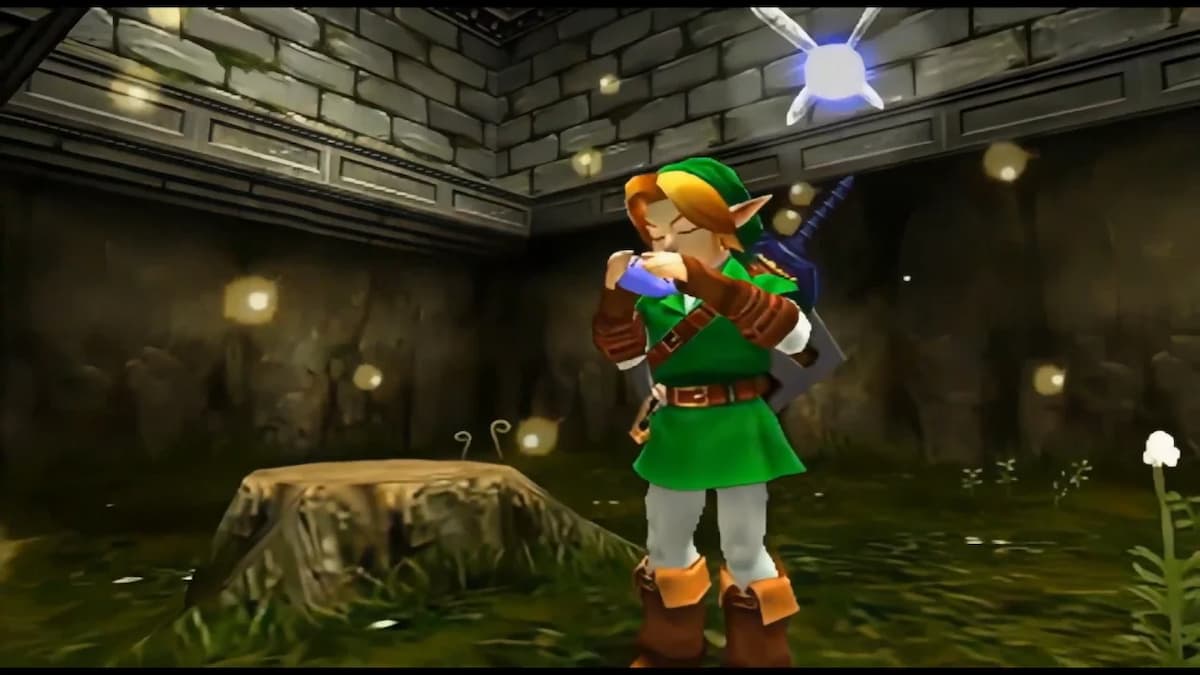
In one of the biggest shake-ups for the series since A Link to the Past, we saw our hero transition into the three-dimensional realm, and man, did he transition with finesse. Ocarina of Time stands as one of the greatest additions to the Zelda series with the classic game being the one that introduced most fans to the world. It builds upon the foundations laid by the games that came before it but also adds its own elements that made it one of the must-have games for the Nintendo 64.
Just like Twilight Princess and Skyward Sword, the dungeon and weapon progression keep the game interesting right up until the end. The only criticism that can be leveled against it is the rather vacuous overworld — we have the forest, the kingdom, and a few other locations dotted around a mostly empty Hyrule field. It lacks the scale and liveliness the later games feature.
The Wind Waker (GameCube, 2003)
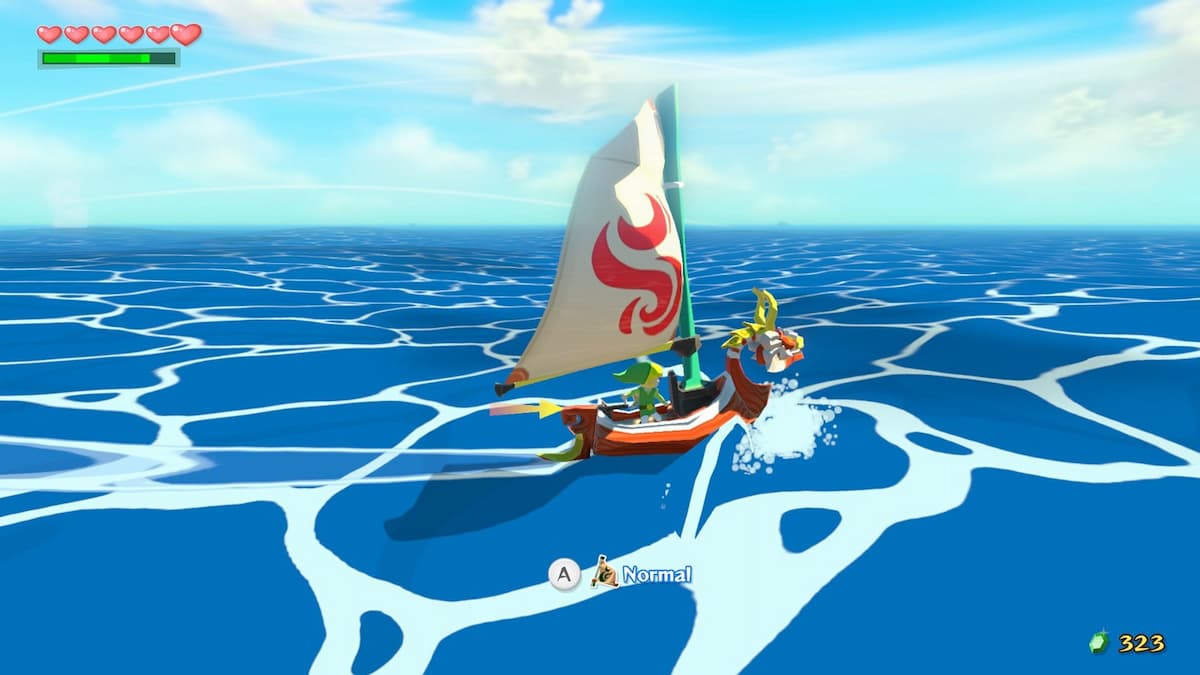
The Wind Waker further expanded upon the open-world feel of Ocarina of Time while bringing changes to the art style. The charmingly cartoonish look and feel of the game means this GameCube title still holds up in terms of its graphics. It’s one of the most aesthetically pleasing entries in the entire series.
The addition of boats and the decision to set the game on a vast ocean brought a whole new level of adventure to the game. Breath of the Wild and Tears of the Kingdom are probably the most closely related to this game as The Wind Waker was one of the first to truly capture the excitement and mystery of an open-world game.
Majora’s Mask (Nintendo 64, 2000)
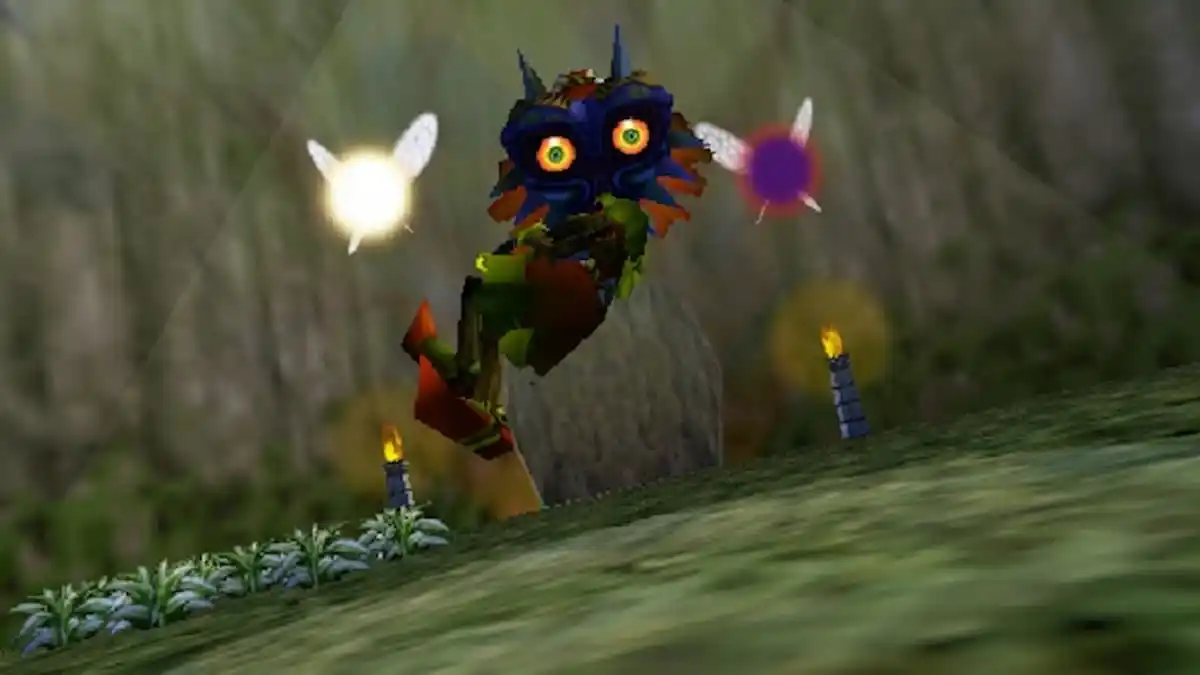
Majora’s Mask is one of the most unique games in the entire franchise. While it wasn’t received as well as its predecessor, Ocarina of Time, it has since found a huge following of fans who went back and gave the game a chance. The time restraints placed on the developers forced them to be creative with the gameplay and mechanics, resulting in possibly the best Zelda game to date.
It mostly follows the usual formula of exploring dungeons and collecting heart pieces, but players also must deal with the imminent end of the world as the moon is about to come crashing down on Termina. In order to stop this, Link must relive the same three days in a Groundhog Day-style predicament. You can choose to help the characters around you, but at the end of the three days, they will always perish as you teleport back to the beginning of the three days.
This time travel mechanic coupled with the incredibly dark premise makes Majora’s Mask one of the most interesting games, but sadly, also one of the most overlooked (at the time — it gets plenty of love now). If you haven’t tried this game yet, we implore you to go back and experience this gem for yourself.
The Zelda Games are still going strong
The Legend of Zelda has been around almost as long as video games in general, but no matter what, the series has always managed to stand the test of time by adapting and changing. Going back and playing these games shows just how far the series has come, but also how much has stayed the same — even from the first-ever title. If you can’t wait to lose yourself in the world of Hyrule again, you don’t have to! There are so many different iterations of Link and Zelda that all bring something new to the table. So, while you wait for Tears of the Kingdom, why not go back and experience some of the classics again — maybe even for the first time.

